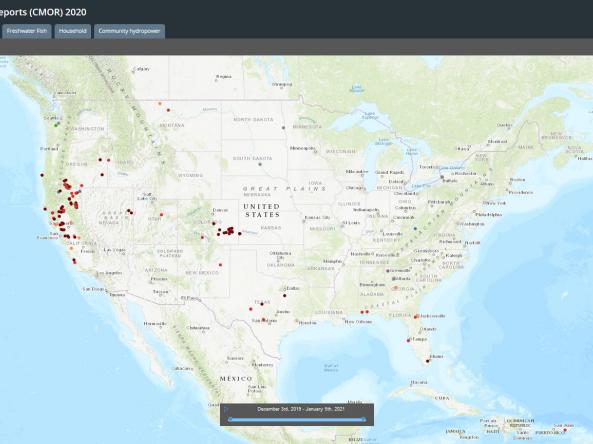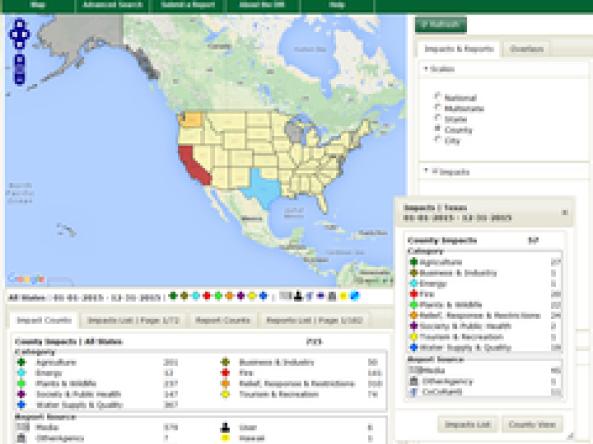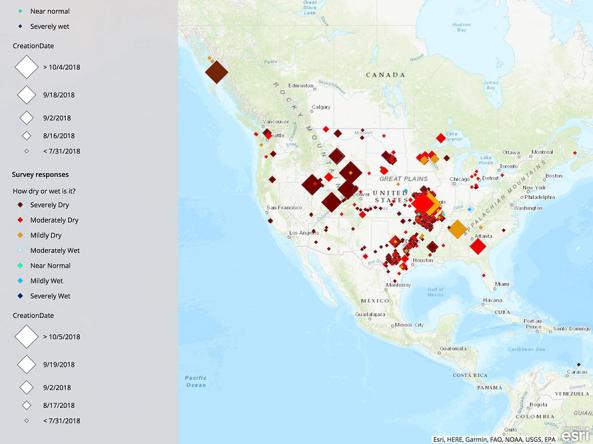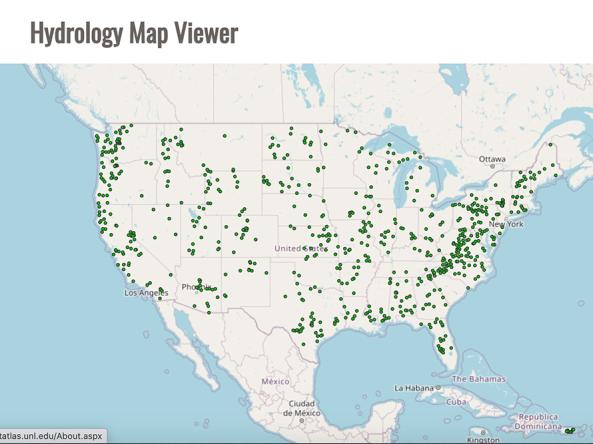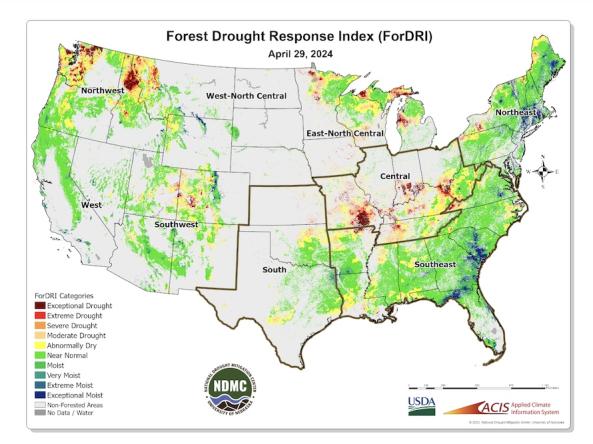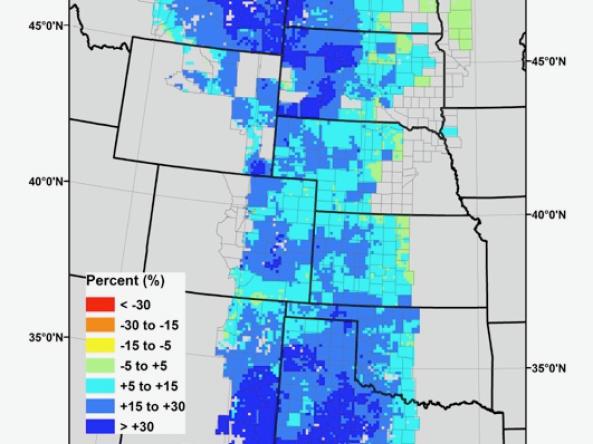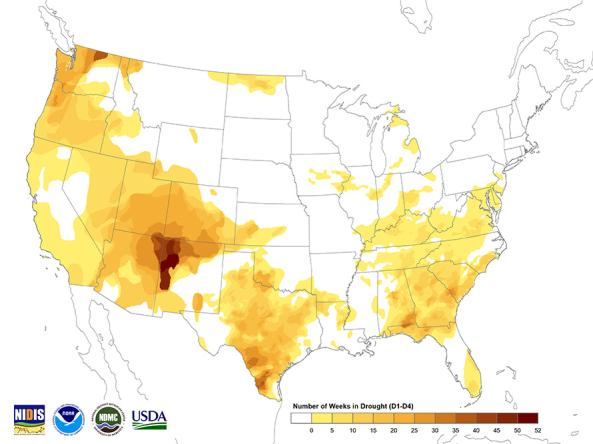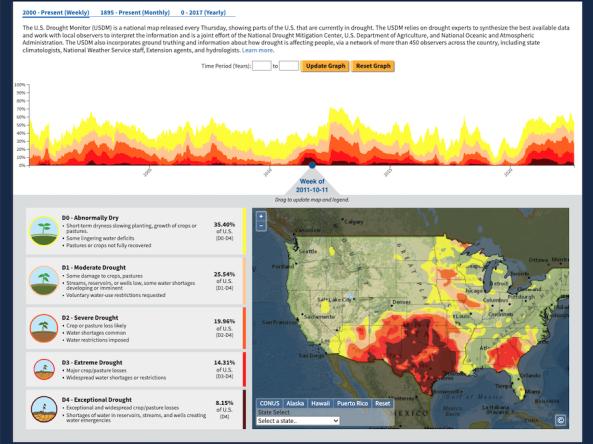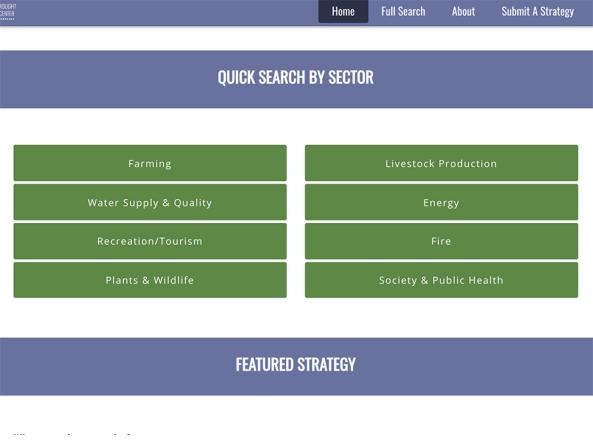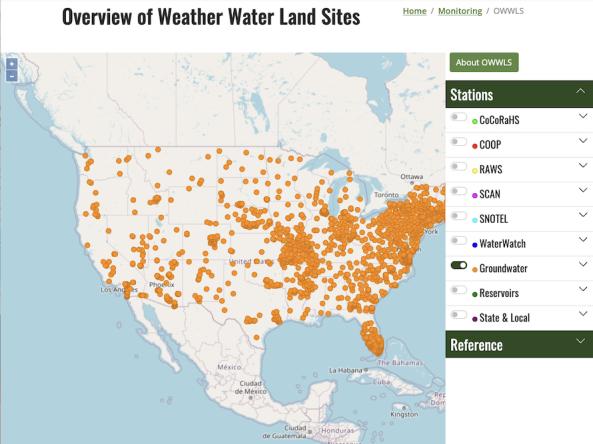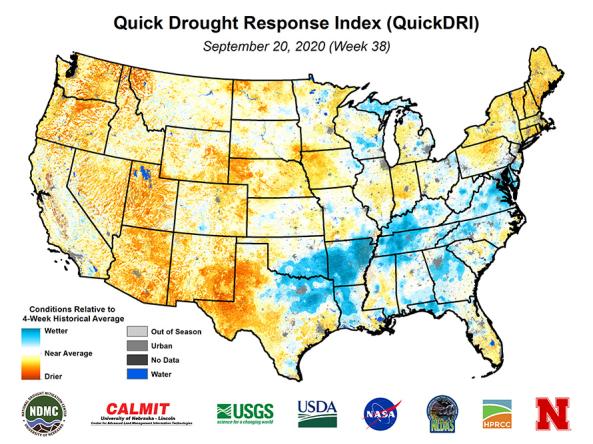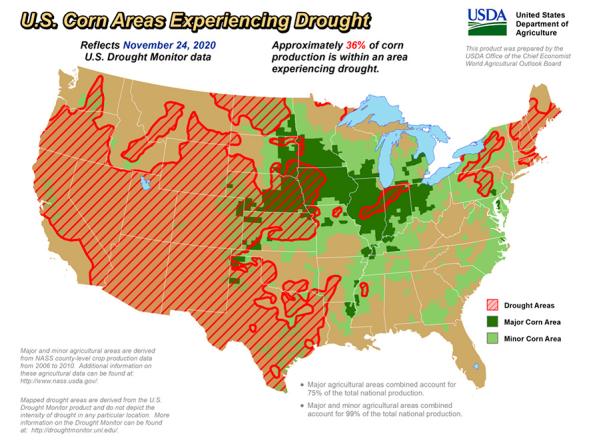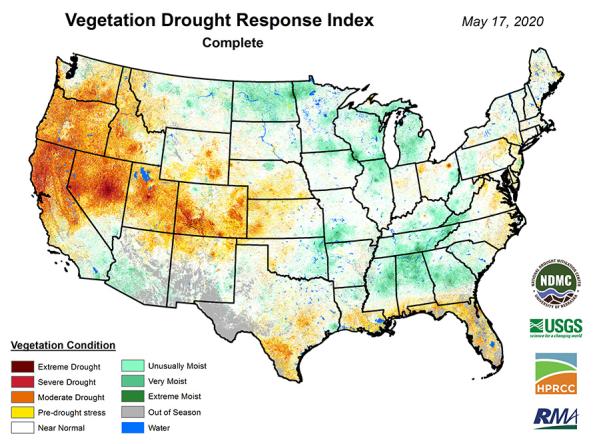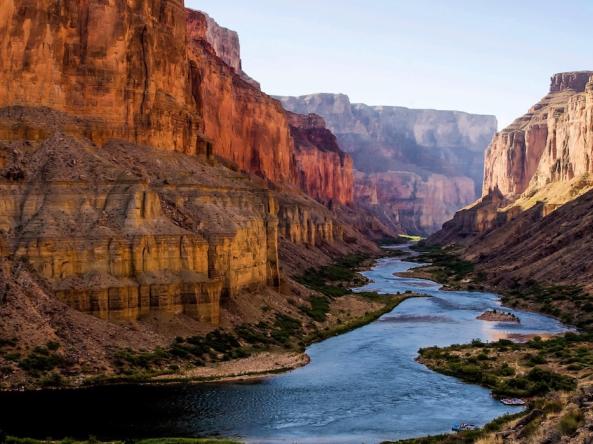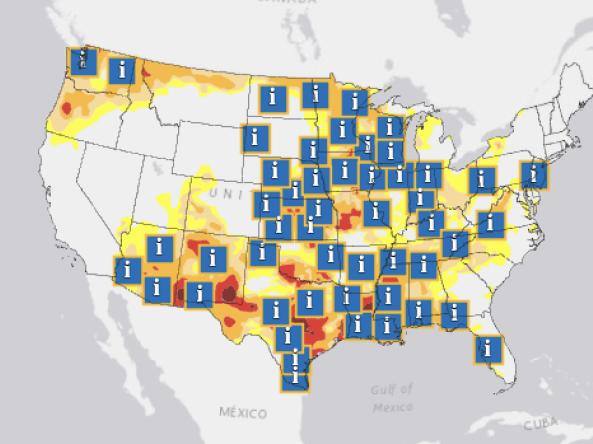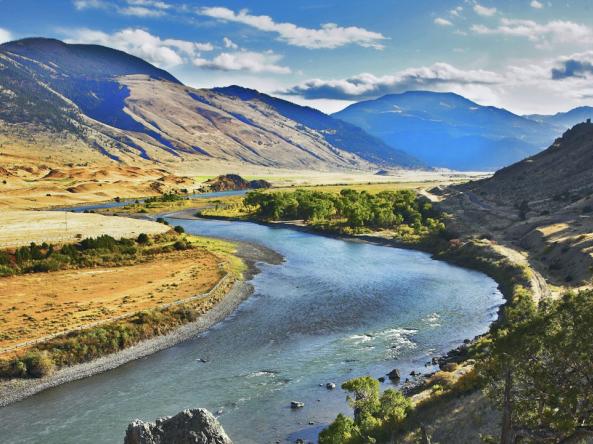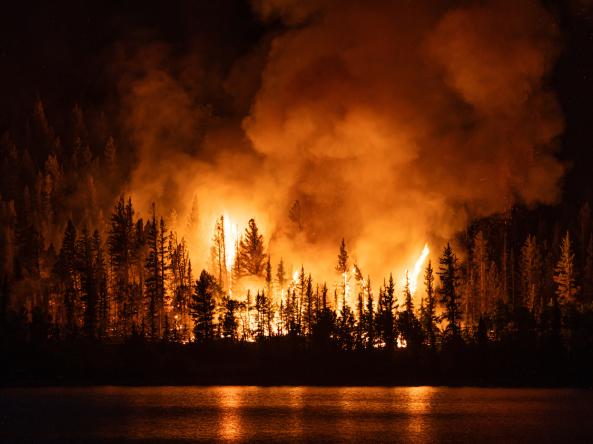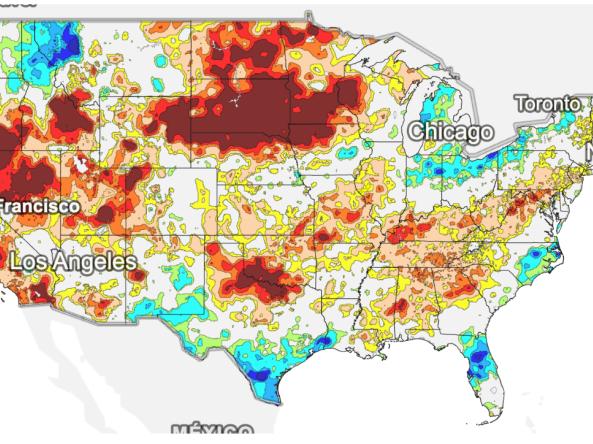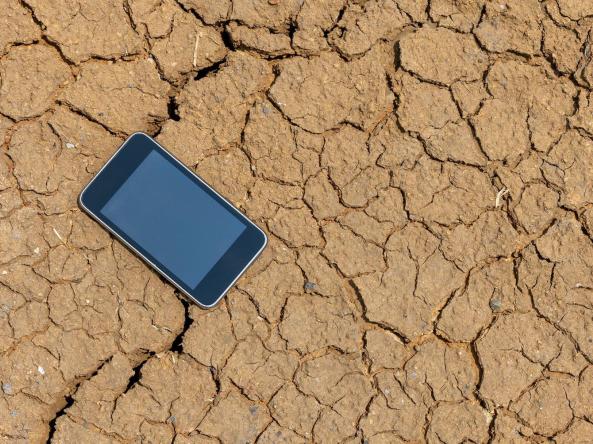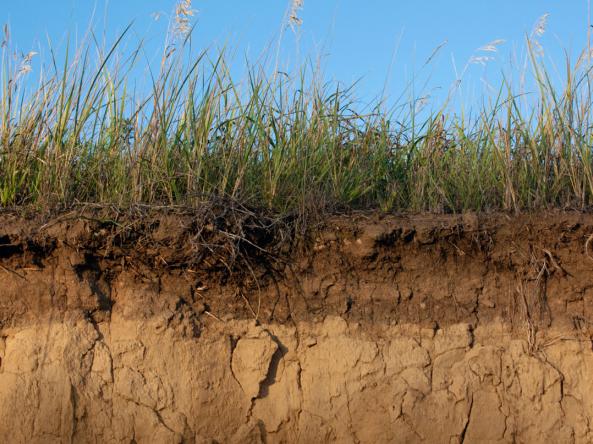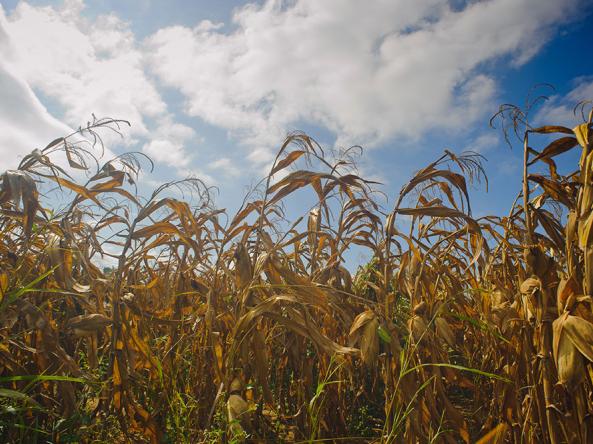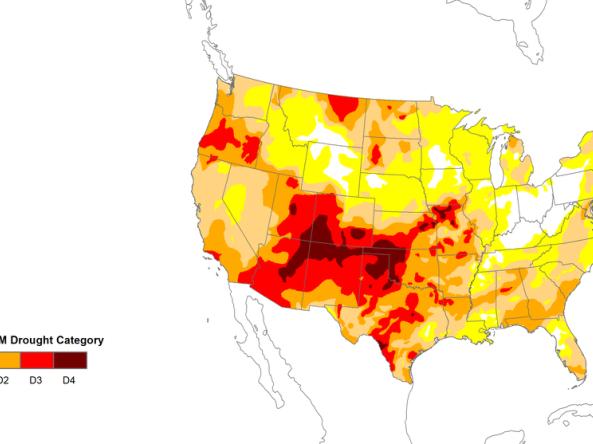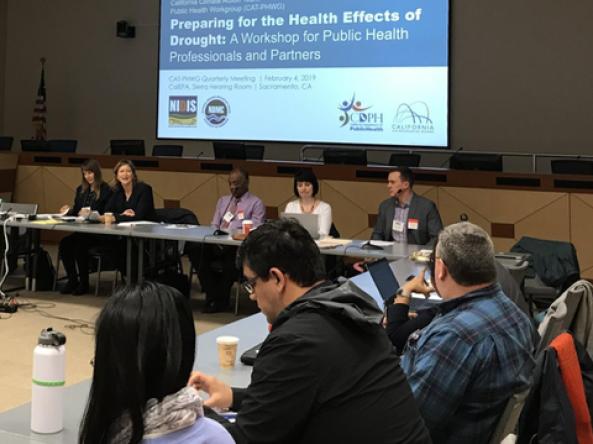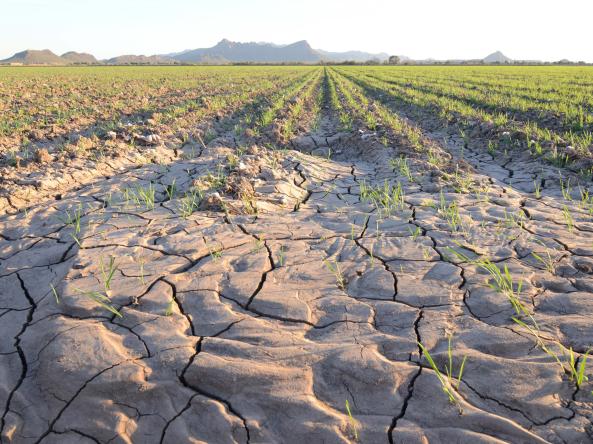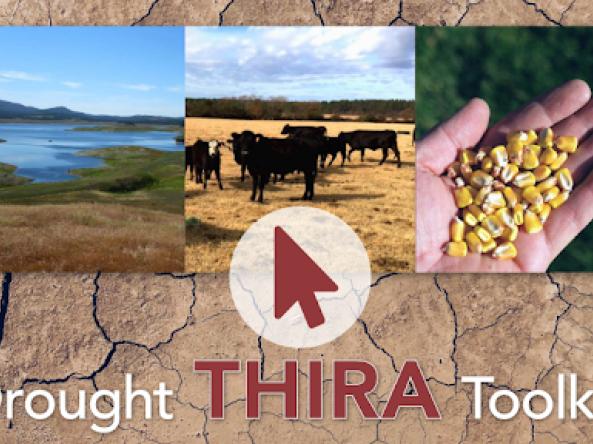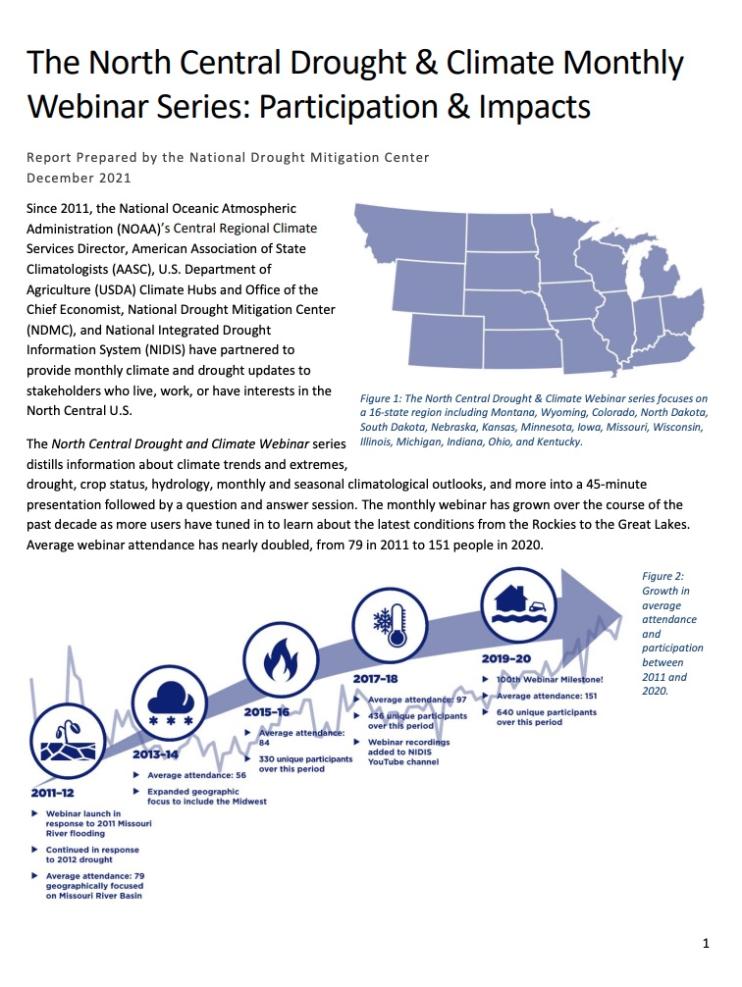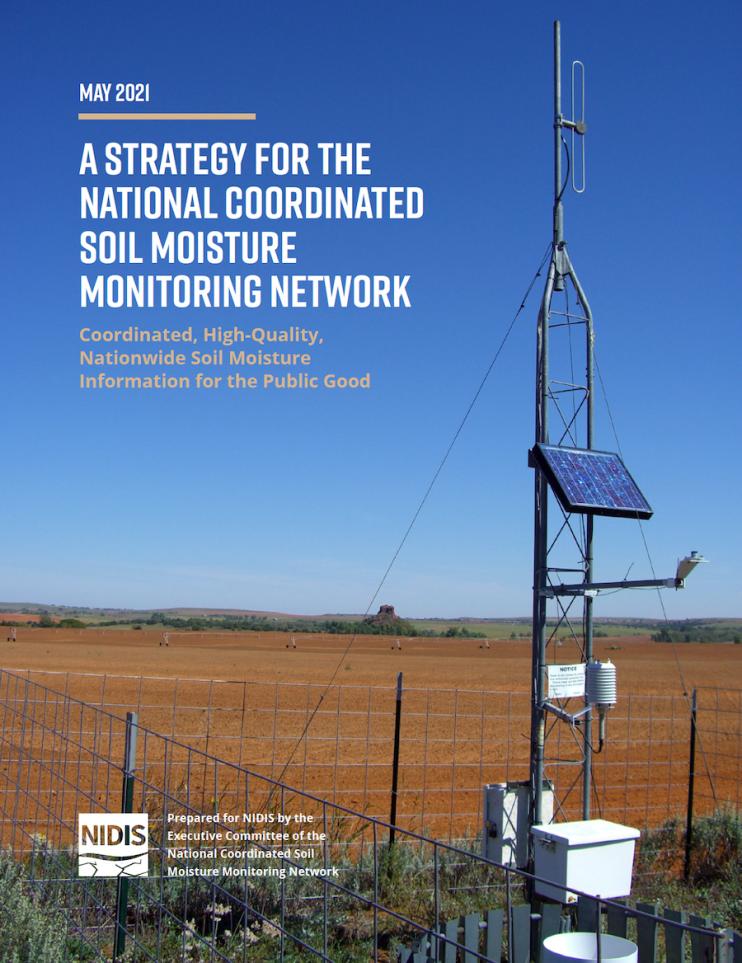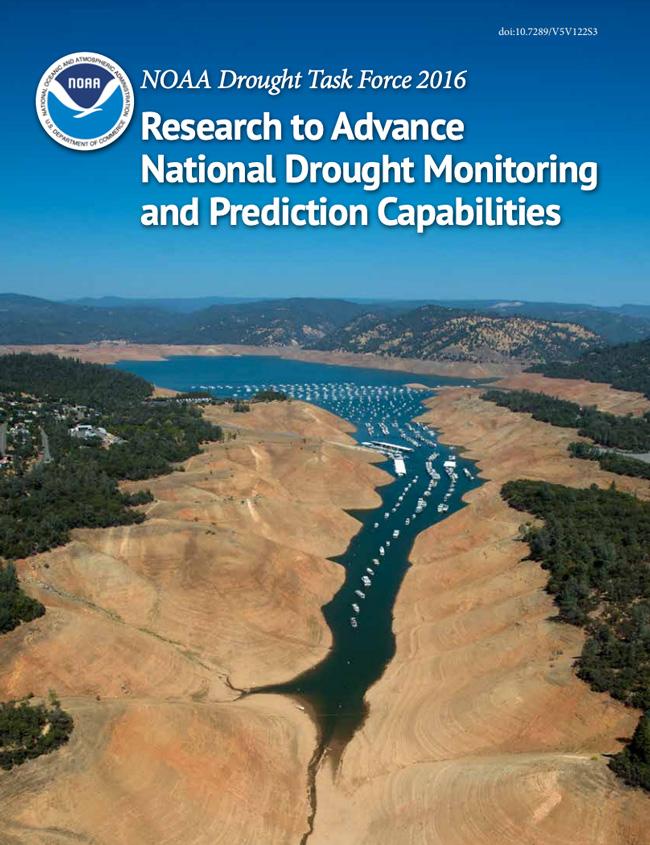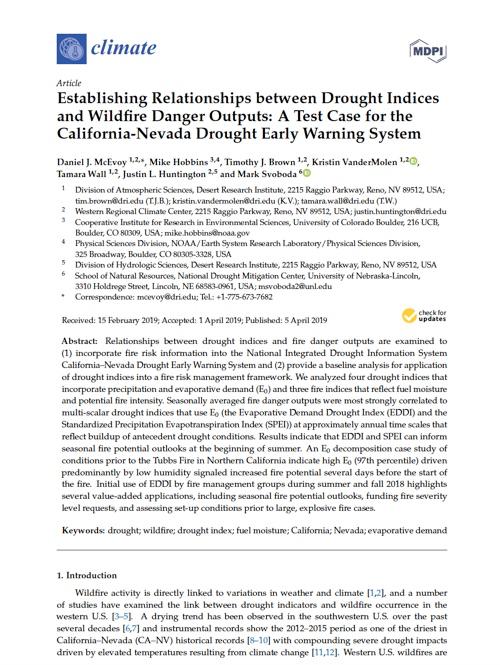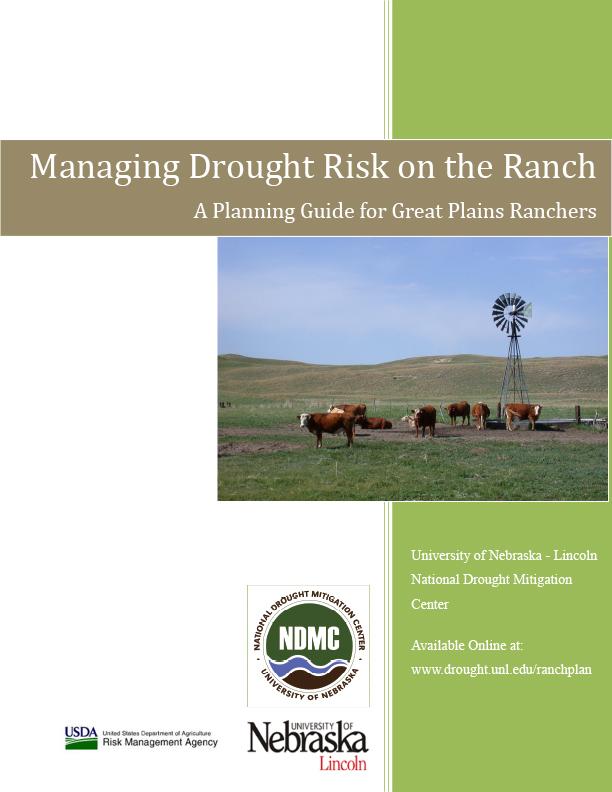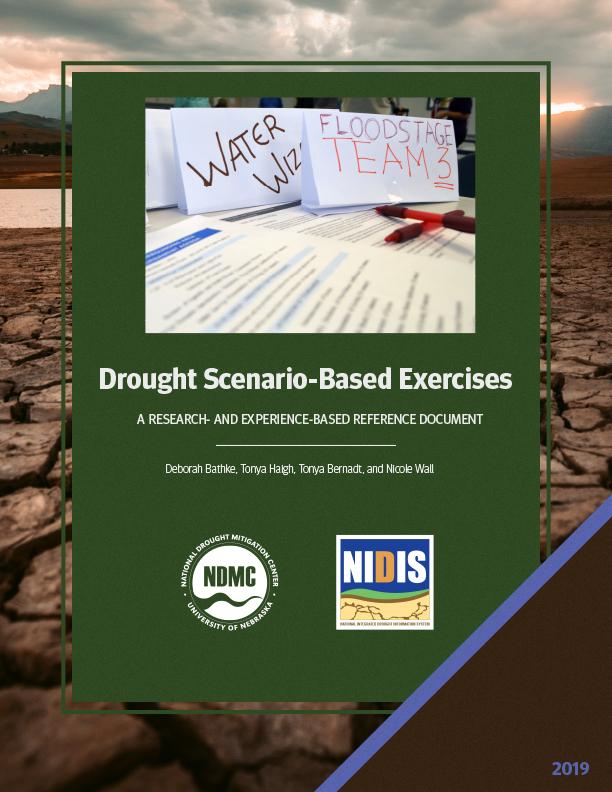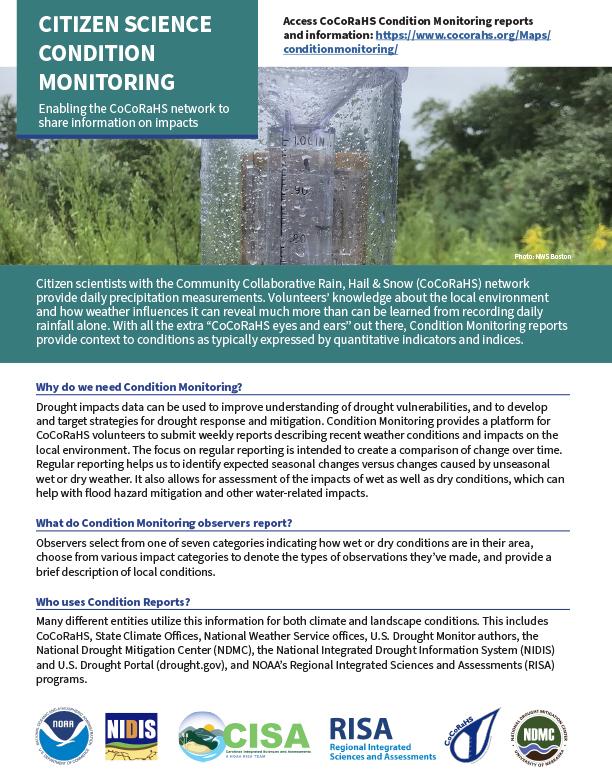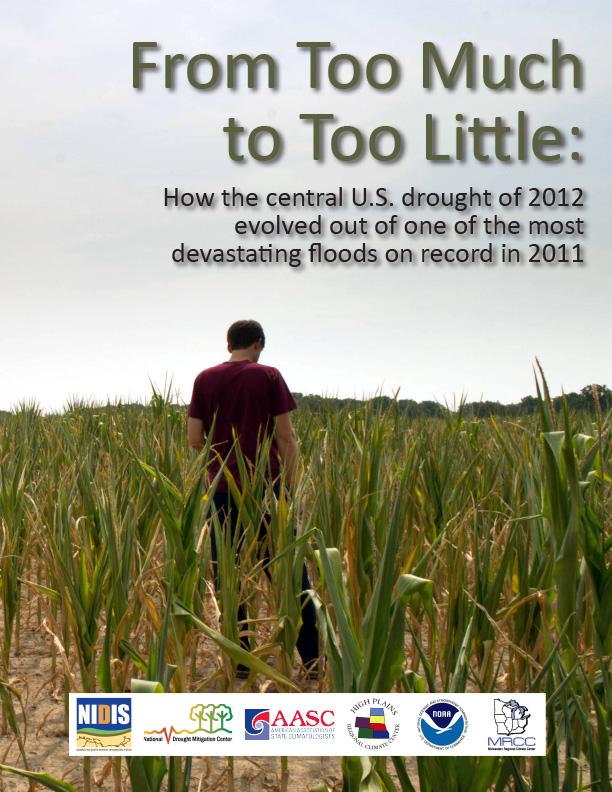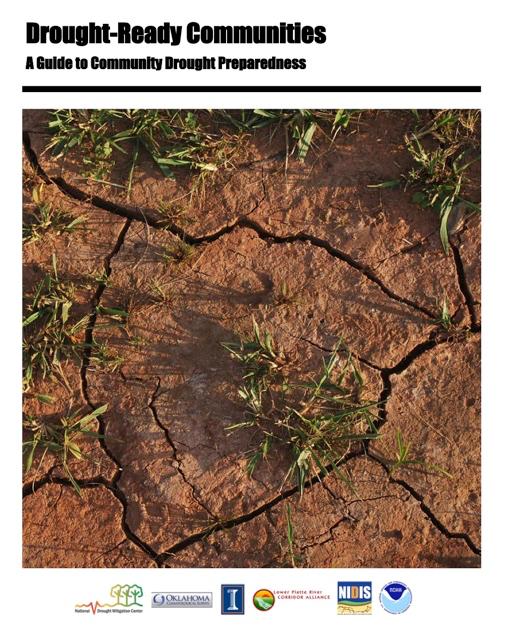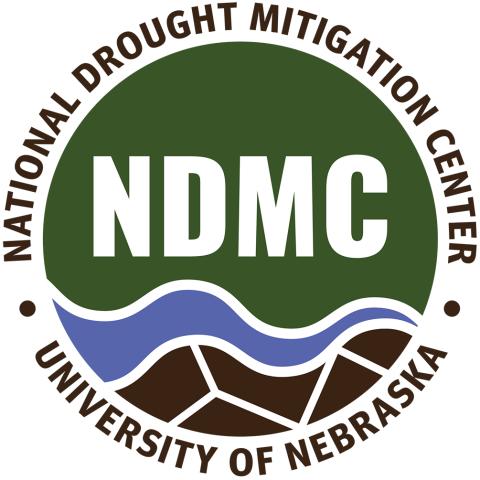
National Drought Mitigation Center (NDMC)
Condition Monitoring Observer Reports on Drought (CMOR-Drought) is a tool that allows citizen scientists to submit obse
Drought Impacts Reporter (DIR): an interactive database of drought impacts in the U.S., by location, data, type, and cost built from stakeholder, government, media and other reports.
The National Drought Mitigation Center's Drought Impacts Toolkit features several key tools for monitoring and mitigating the impacts of drought, including condition monitoring observer reports, th
The Drought Risk Atlas provides historic data about drought through 2017 for weather stations across the United States that have at least 40 years of records.
The Forest Drought Response Index (ForDRI) is a new combined indicator tool to identify and characterize forest drought stress.
Grass-Cast indicates for ranchers and rangeland managers what productivity is likely to be in the upcoming growing season relative to their own county’s 34-year history.
The U.S. Drought Monitor (USDM) is a weekly map, released each Thursday, to show the location and intensity of drought across the country.
The U.S. Drought Portal's Historical Data & Conditions Tool displays three historical drought datasets side by side on an interactive time series graph and map: U.S.
The NDMC Drought Management Database is a growing collection of information about what has been tried in responding to and preparing for drought in the United States.
North American Drought Monitor: A collaboration between the U.S., Canada and Mexico to create a monthly continental drought monitor.
OWWLS, Overview of Weather Water Land Sites, maps the location of weather stations, streamgages, groundwater monitoring stations and reservoirs across the United States, Puerto Rico, and the
Quick Drought Response Index (QuickDRI): a geospatial tool that characterizes the intensification of short-term drought condition patterns on a weekly basis across the continental United States (CO
The U.S. Department of Agriculture produces weekly maps and charts displaying locations and percentages of drought-affected areas corn, soybeans, hay, cattle, and winter wheat.
NOAA and its partners publish regional reports each quarter, summarizing weather, impacts and predictions.
USDM Drought Change Maps display changes in drought class degradation and drought class improvements across the United States.
VegDRI: a weekly depiction of vegetation stress across the contiguous United States.
The Visual Drought Atlas is a way to compare the appearance of different landscapes over time, in dry, wet and normal years through images.


